AFI
SOURCE: AFI
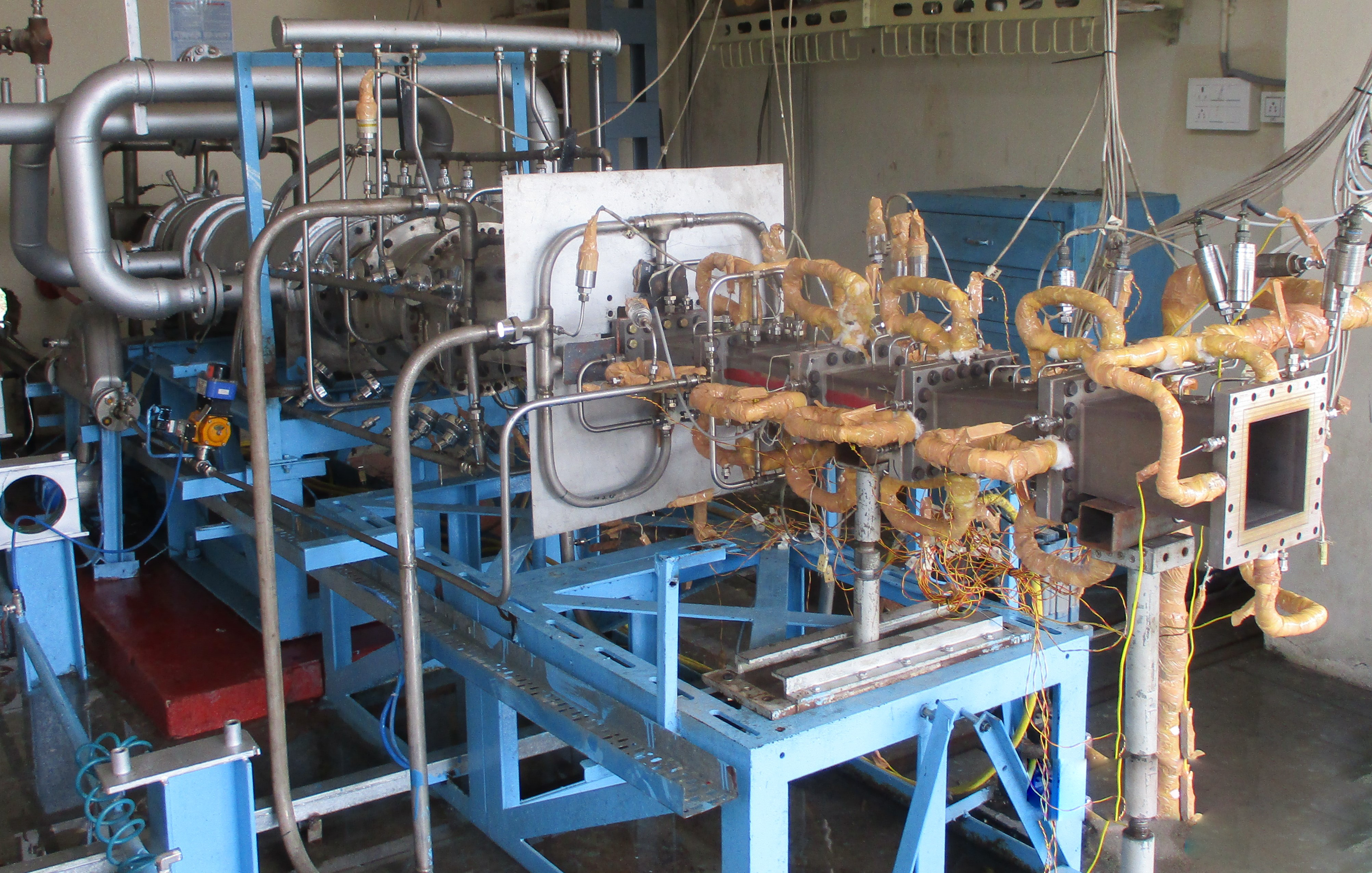

In a significant stride towards enhancing its hypersonic missile capabilities, India has developed a state-of-the-art Thermal Barrier Coating (TBC) designed to endure the extreme temperatures of hypersonic flight. This development, a collaborative effort between the Defence Research and Development Laboratory (DRDL) and the Department of Science & Technology (DST) Laboratory, marks a pivotal advancement in the nation’s defense technology.
The new TBC is made from an advanced ceramic material known for its exceptionally high thermal resistance. This coating can operate at temperatures well beyond the melting point of steel, which is crucial for the protection of components in hypersonic environments where heat stress is immense.
Continue readingSOURCE: AFI
)

The attempts of US-based Khalistani terrorist Gurpatwant Singh Pannun and his gangs are trying to revive the Khalistani armed struggle in Punjab are doomed to fail due to fundamental demographic and socio-political changes in the state. Beyond his rhetoric, Pannun’s actions appear more aligned with masking illicit activities rather than genuinely advancing any separatist agenda.
One of the most significant hurdles to reviving an armed struggle in Punjab is the declining Total Fertility Rate (TFR) among Sikhs in the state. Over the past few decades, Punjab has experienced a steady decline in birth rates, reflecting broader societal changes such as urbanization, better education, and economic development.
Continue readingSOURCE: AFI


Recent reports suggest that Bangladesh has been providing weapons training to civilians living close to the Indo-Bangladesh border, escalating tensions and prompting a reevaluation of security protocols by India. Experts are now advocating for the immediate scrapping of the Non-Lethal Treaty to empower the Border Security Force (BSF) with unrestricted operational capabilities.
According to sources, Bangladesh has been conducting training sessions for civilians, teaching them how to handle small arms and potentially engage in border skirmishes or protect against Indian border forces. This move could be seen as an attempt to assert control or deter Indian forces from taking stringent measures against illegal activities like smuggling, which are prevalent along this border.
Continue readingSOURCE: AFI


India’s Medium Role Fighter Aircraft (MRFA) tender is one of the most significant defense procurement programs, aimed at modernizing the Indian Air Force (IAF) fleet with advanced multirole fighter jets. With a potential budget of $25 billion, there is growing curiosity about how many F-35A Lightning II jets—often considered the pinnacle of modern fighter aircraft—India could acquire if it opts for this 5th-generation stealth fighter over other contenders.
As of recent contracts, the unit price for the F-35A is approximately $80 million. Additional costs, including training, spare parts, mission systems, and logistical support, can significantly increase the total cost. For most international buyers, the total program cost per aircraft is estimated at around $200 million when factoring in lifecycle support and infrastructure.
Continue readingSOURCE: AFI
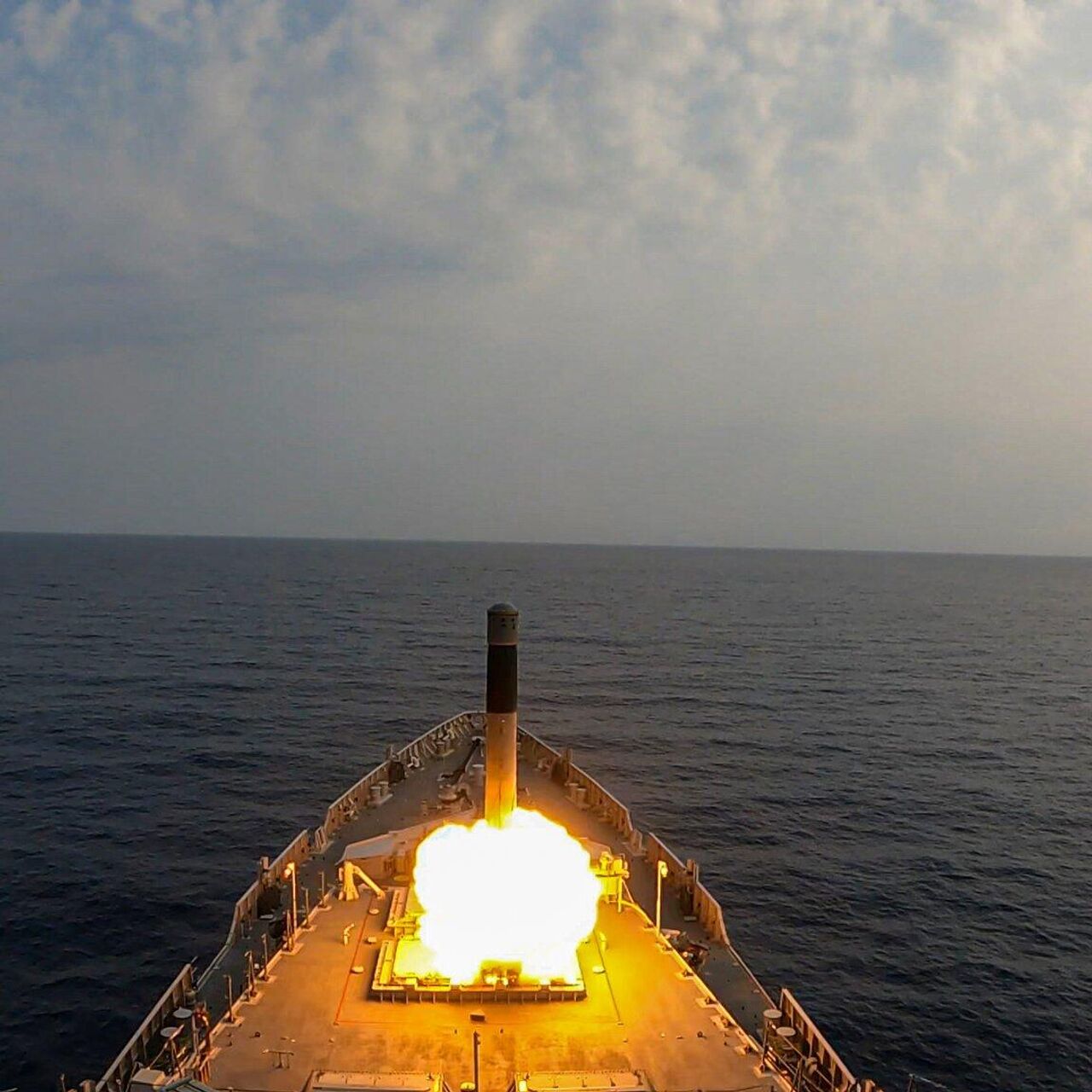

India’s defense strategy has long leaned heavily on the BrahMos supersonic cruise missile, a joint venture between India and Russia, known for its speed and precision. However, this reliance has sparked a debate about the sustainability and cost-effectiveness of such dependence, especially as India struggles to develop or procure more affordable, indigenous alternatives.
The BrahMos missile, named after the rivers Brahmaputra and Moskva, has become a cornerstone of India’s military might. It boasts a supersonic speed of Mach 2.8, making it one of the fastest cruise missiles in operation, capable of being launched from land, sea, sub-sea, and air platforms. Its versatility and effectiveness have made it an integral part of India’s tri-services (Army, Navy, Air Force) operations, with deployments ranging from coastal defense to strategic land strikes.
Continue readingSOURCE: AFI
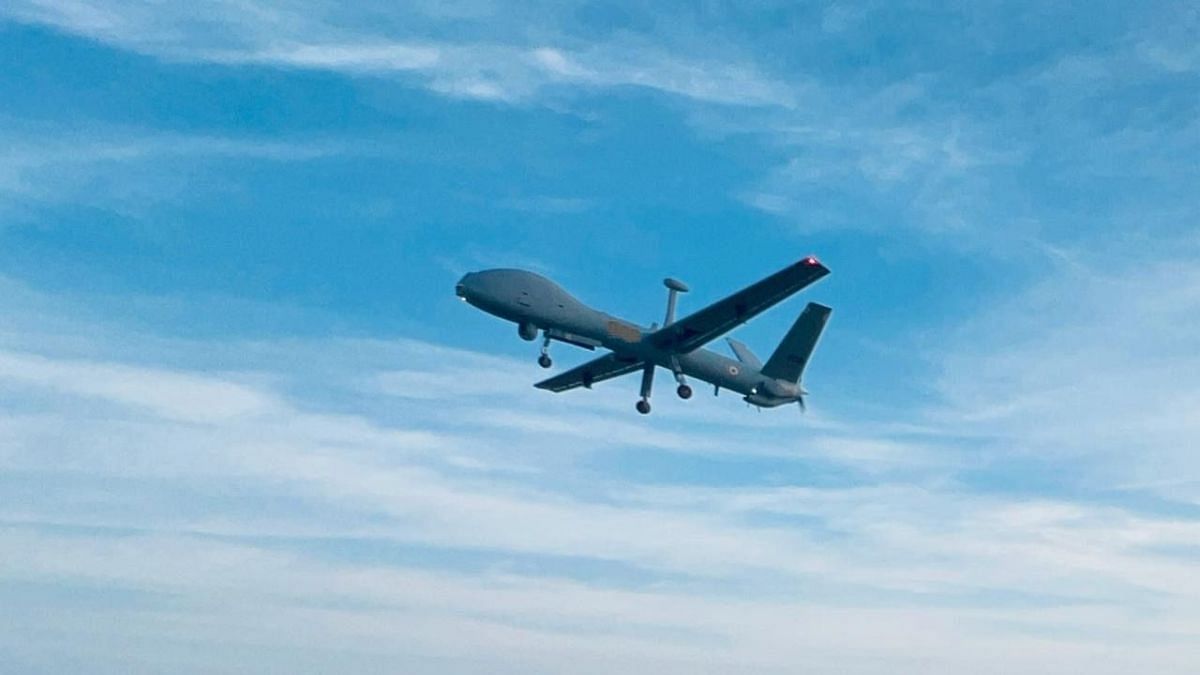

The Indian Navy and Army’s decision to procure the Drishti 10 Starliner unmanned aerial vehicles (UAVs) without comprehensive trials has recently come under scrutiny, particularly in light of a costly crash incident involving one of these drones. This situation has raised questions about the decision-making processes within India’s military procurement system, casting a shadow over the operational readiness and strategic planning of the armed forces.
The Drishti 10 Starliner, developed by Adani Defence and Aerospace in collaboration with Israeli firm Elbit Systems, is a variant of the Hermes 900. It was intended to bolster the surveillance and reconnaissance capabilities of the Indian Navy and Army. The decision to purchase these drones was made with urgency, invoking emergency procurement powers to expedite the process.
Continue readingSOURCE: AFI

A recent audit conducted by the Comptroller and Auditor General (CAG) of India, covering the fiscal years 2018-19 to 2020-21, has shed light on significant water supply issues within military installations managed by Garrison Engineers (GEs). The findings indicate a systemic failure in ensuring adequate water provision to defence personnel, which could impact operational readiness and welfare.
According to the CAG report, an astonishing 15 out of the 20 Garrison Engineers (GEs) under scrutiny provided less water than what was officially authorized to military stations across the country. The discrepancies in water supply were stark, with deficits ranging from a relatively manageable 10.13% to a concerning 62.97% below the prescribed levels. This shortfall raises questions about the maintenance of health, hygiene, and operational efficiency within these critical defence areas.
Continue readingSOURCE: AFI
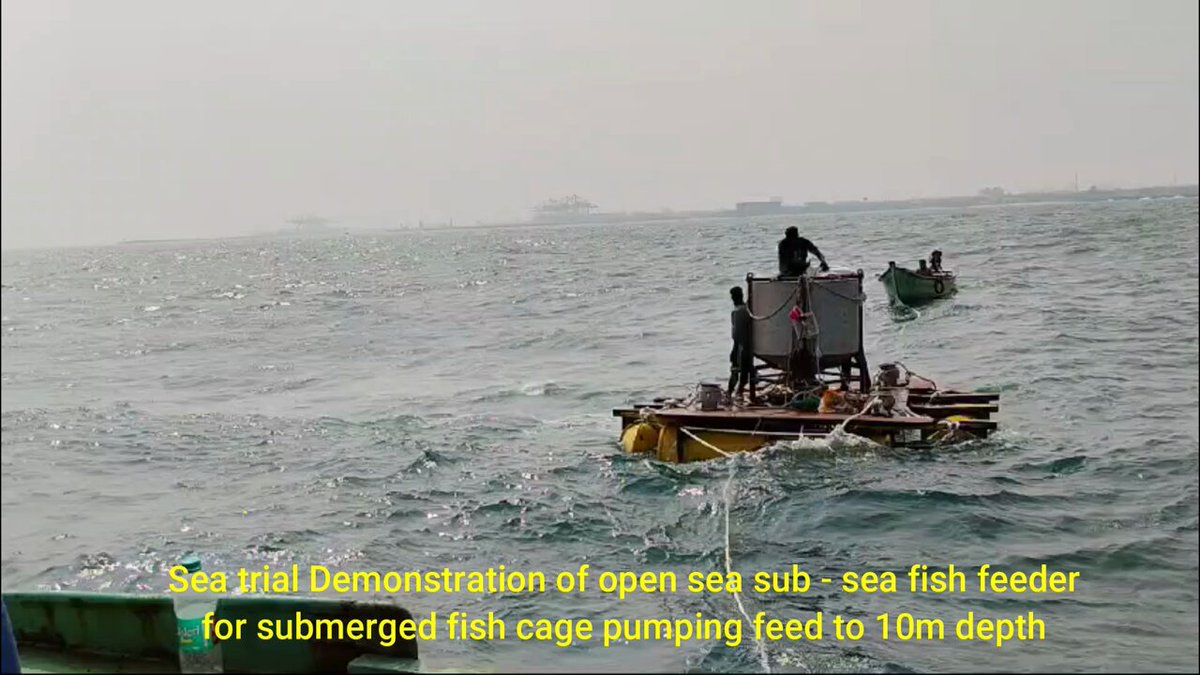

In a groundbreaking advancement for aquaculture, the Ocean Electronics group of the National Institute of Ocean Technology (NIOT) has successfully conducted sea trials of an innovative feeding system designed for use in open-sea, submerged fish cages. This pioneering technology, which operates at a depth of 10 meters in rough sea conditions, represents a significant leap forward from existing systems, which are limited to shallower depths.
The system developed by NIOT leverages a water ejector mechanism to dispense fish feed, marking the first time such technology has been effectively tested at these depths worldwide. Unlike the systems by AKVA-USA, which have only been operational at depths of 4-5 meters, NIOT’s solution pushes the boundary to 10 meters. This advancement is crucial for aquaculture in regions prone to harsh weather conditions, where traditional surface-level feeding can be disrupted.
Continue readingSOURCE: AFI
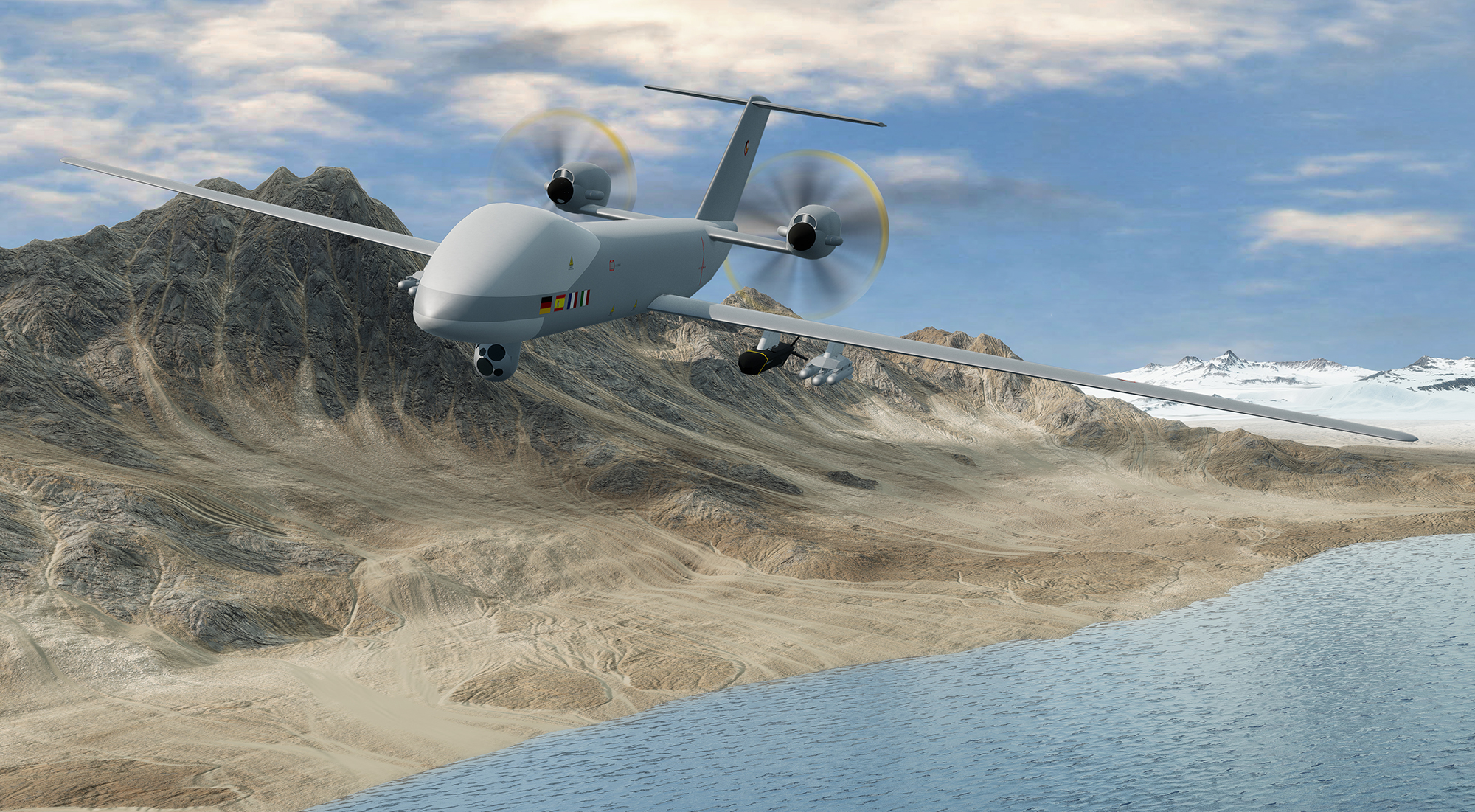

In a significant development that underscores India’s growing interest in fostering defense ties with Europe, Airbus has welcomed India as an observer to the Eurodrone programme. This move, facilitated by the Organisation for Joint Armament Cooperation (OCCAR), signals India’s intent to explore potential collaboration with Europe in advanced defense technology projects. The development was first reported by IDRW.org.
India’s observer status in the Eurodrone programme, facilitated by the Organisation for Joint Armament Cooperation (OCCAR), signifies a step towards potentially deeper collaboration. This role allows India to monitor the project’s progress, understand its technologies, and assess possible areas for future partnership.
Continue readingSOURCE: AFI


In a move that could significantly reshape India’s defense capabilities, President Donald Trump is reportedly considering elevating India’s status to be on par with NATO country members for the procurement of American weapons, according to defense analyst Ramesh Rajan. This elevation would potentially allow India to access top-tier U.S. military hardware without the stringent scrutiny that has previously characterized such transactions.
If Trump follows through with this policy, India would enjoy the same privileges in arms procurement as NATO allies, which could bypass many of the bureaucratic hurdles and licensing delays currently in place. Rajan suggests this could open doors for India to procure high-end, cutting-edge weapons directly from the United States, rather than settling for export variants which often come with less advanced technology or features.
Continue readingSOURCE: AFI


In an exciting development for the defense sector, Armory, a burgeoning defense technology startup, is set to showcase its latest innovation, the SURGE, at an upcoming defense technology expo. This new system represents Armory’s foray into counter-drone technology, specifically designed to mitigate threats posed by unauthorized drones in sensitive areas.
SURGE, developed entirely in-house by Armory’s team of engineers and defense technology experts, promises to be a significant addition to the arsenal of counter-unmanned aerial system (C-UAS) solutions. This drone jammer is engineered to detect, track, and neutralize rogue drones efficiently, offering a blend of advanced detection capabilities and precise signal disruption.
Continue readingSOURCE: AFI


In a significant stride towards technological advancement, the Indian Army (IA) is in the process of transitioning from traditional pack mules to AI-powered robotic counterparts. This shift, highlighted by the display of the new Multi-Utility Legged Equipment (MULE) robots at the Army Day Parade in Pune on January 15, marks a pivotal moment in the Army’s modernization efforts, particularly in logistics within inhospitable terrains like the Himalayas.
For nearly two centuries, mules have been the unsung heroes of the Indian military, shouldering the burden of logistical support in some of the world’s most challenging environments. From the battlefields of the two World Wars to the dense jungles of the Burma campaign, these animals have been instrumental in delivering supplies where human effort alone would falter. The current 4,000-strong contingent of pack mules has been a testament to their indispensable role in military logistics.
Continue readingSOURCE: AFI


In a significant stride towards self-reliant defense capabilities, the Solar Group, through its subsidiary Economic Explosives Ltd (EEL), has successfully tested a new counter-drone system named Bhargavastra. This innovative micro-missile-based system, designed to neutralize the threat of unmanned aerial vehicles (UAVs) and drone swarms, might just be India’s answer to the much-acclaimed Iron Dome of Israel.
Bhargavastra can detect small incoming drones from over 6 kilometers away and neutralize them with guided micro-munitions. This capability is crucial in an era where drones, both commercial and militarized, pose significant security risks.
Continue readingSOURCE: AFI


In a strategic move to enhance its maritime surveillance and reconnaissance capabilities, the Indian Navy has expressed a keen interest in procuring additional Medium Altitude Long Endurance (MALE) Unmanned Aerial Vehicles (UAVs), emphasizing the need for locally developed solutions. This push comes as the Navy looks to reduce the operational burden on its Boeing P-8I Poseidon fleet, which has been pivotal in monitoring the vast expanse of the Indian Ocean Region (IOR).
The Navy’s desire for MALE UAVs stems from a need for sustained surveillance over large maritime areas without over-relying on its P8I aircraft, which, while highly capable, come with significant operational costs and maintenance demands.
Continue readingSOURCE: AFI


The Indian Navy has been identified as a key driver behind the development of the Long-Range Anti-Ship Missile (LRAShM) by the Defence Research and Development Organisation (DRDO). While the LRAShM was initially conceived for coastal defense, its massive size and weight have rendered it incompatible with integration on the Navy’s frontline warships. However, this limitation has not diminished its strategic value; instead, it has led to a unique deployment strategy aimed at enhancing coastal security and deterrence.
The missile employs a hybrid propulsion system, combining rocket boosters for initial launch with a scramjet engine for sustained hypersonic flight. This technology allows LRAShM to travel at speeds exceeding Mach 5, making it incredibly difficult for enemy defenses to counter.
Continue reading